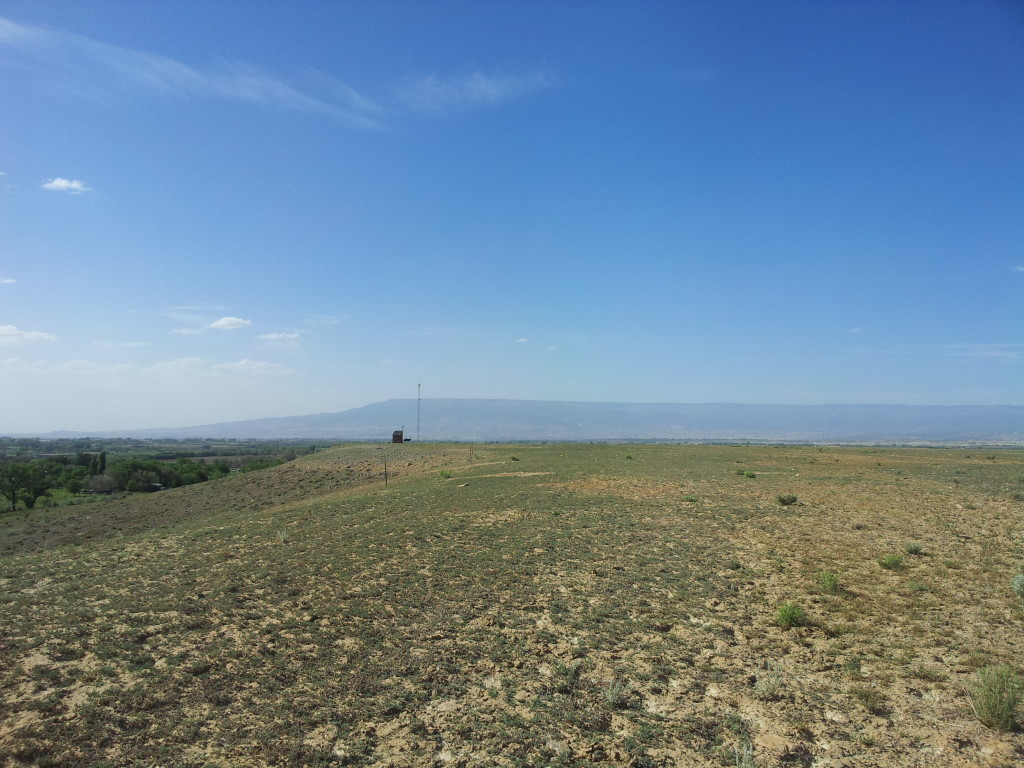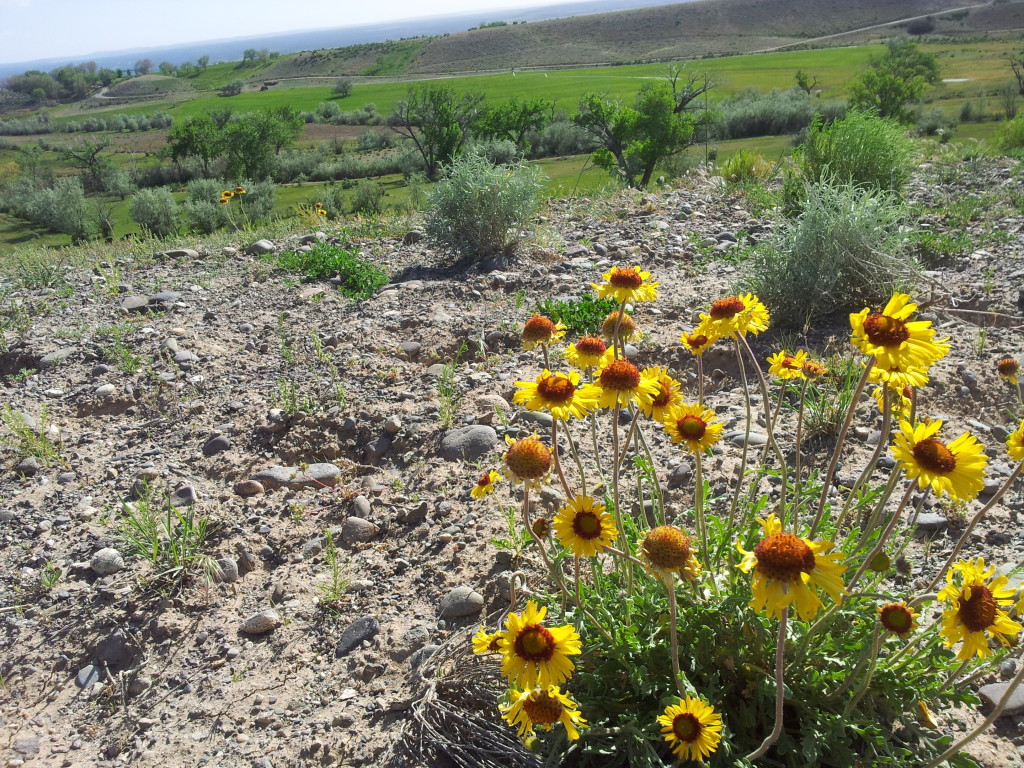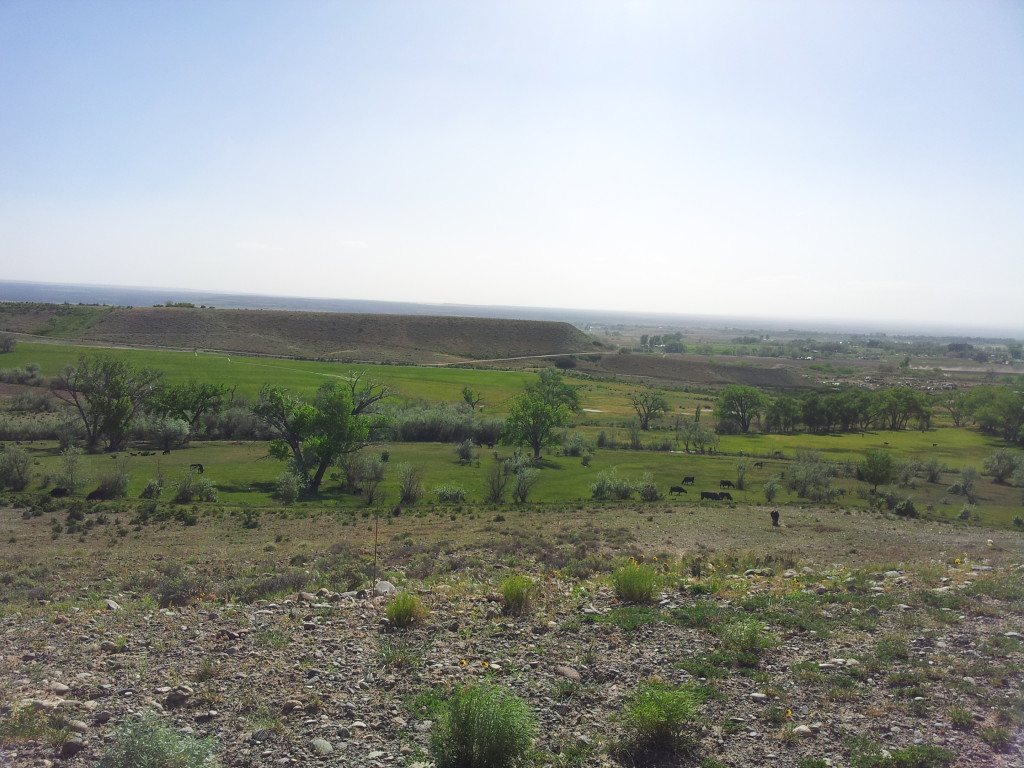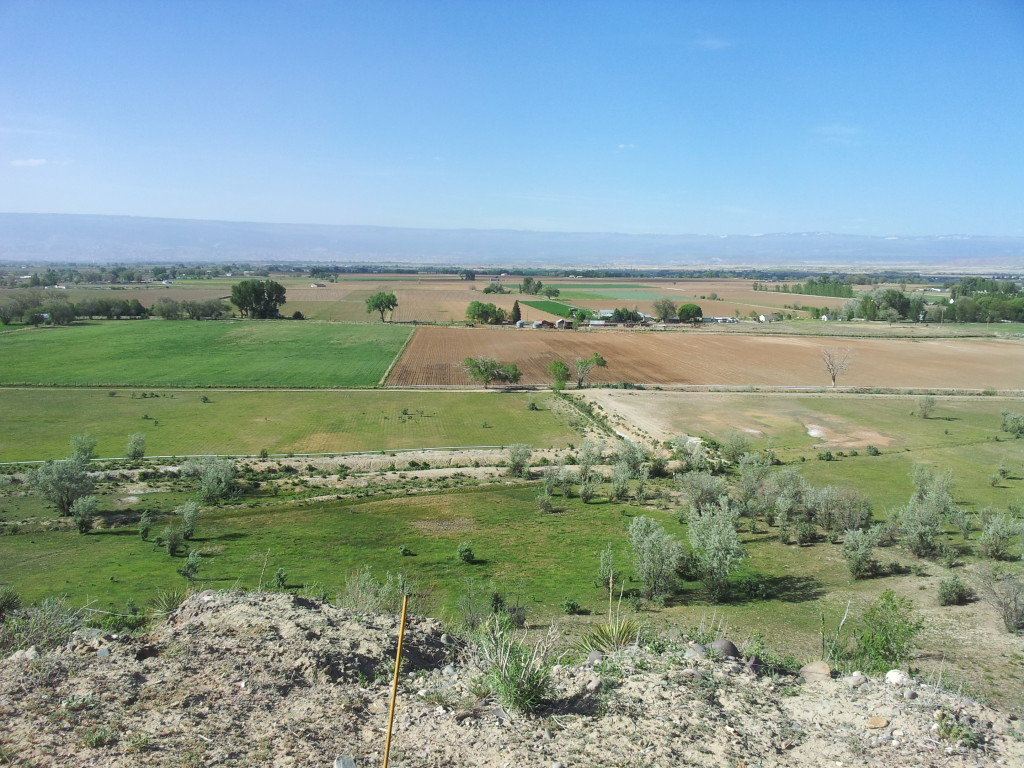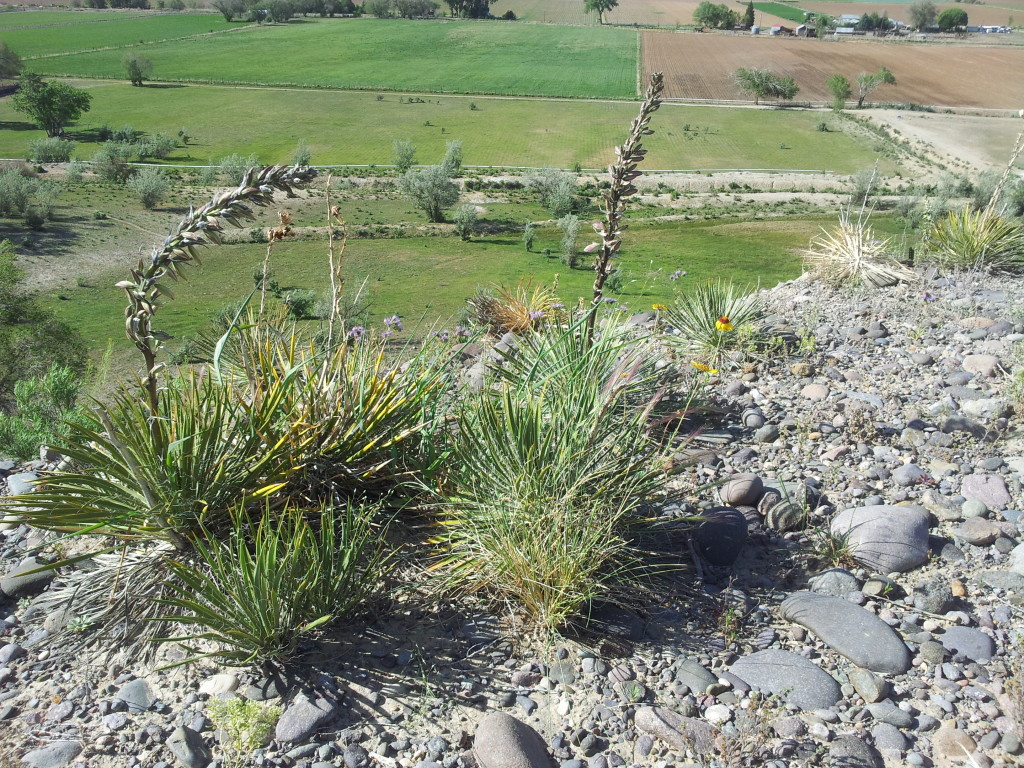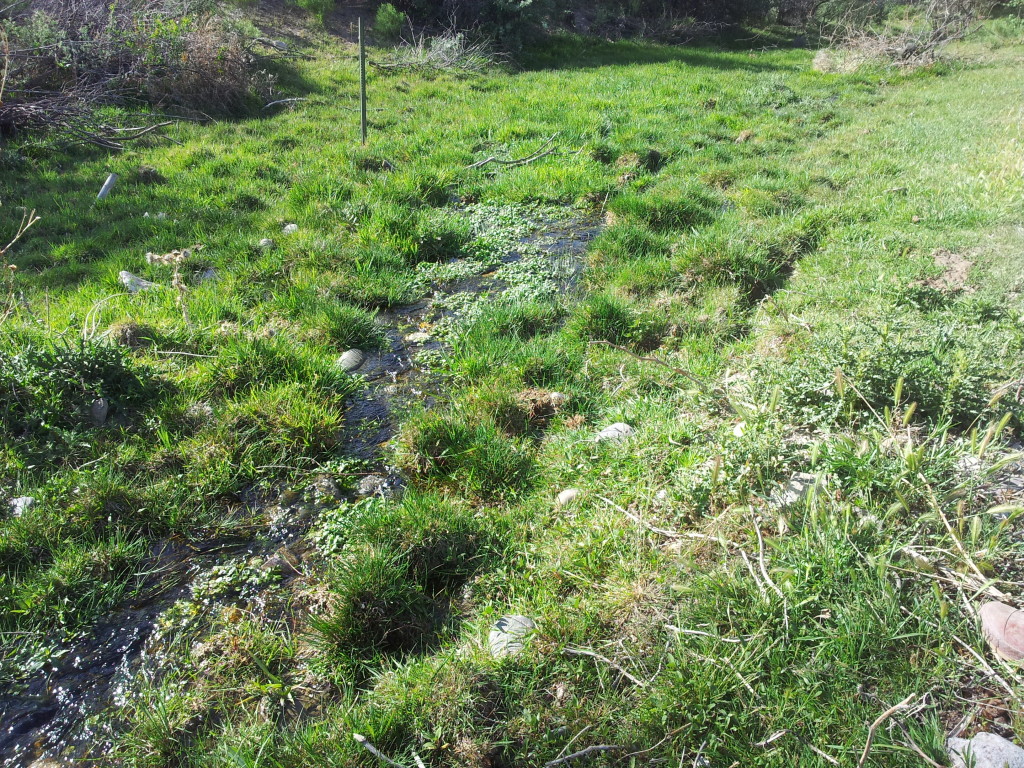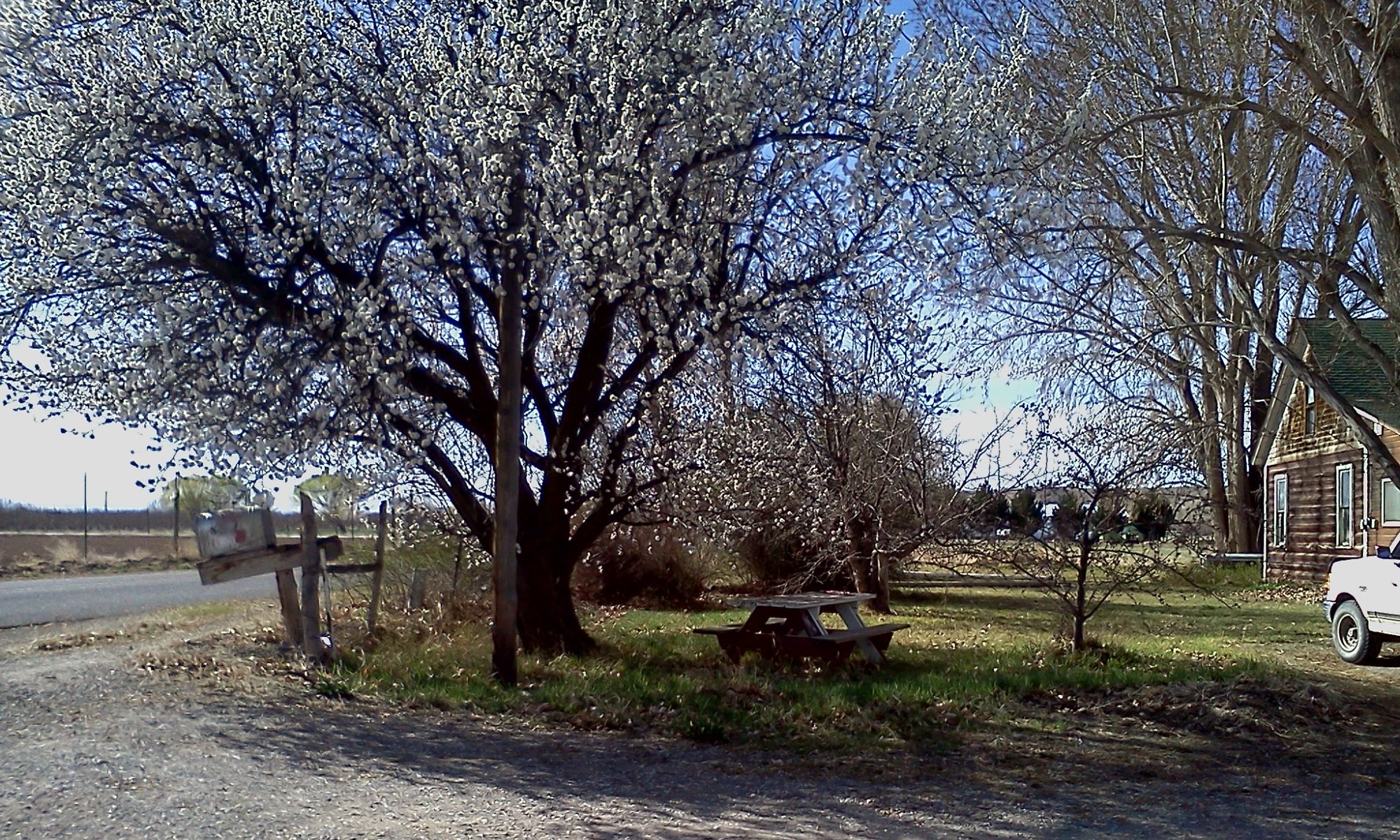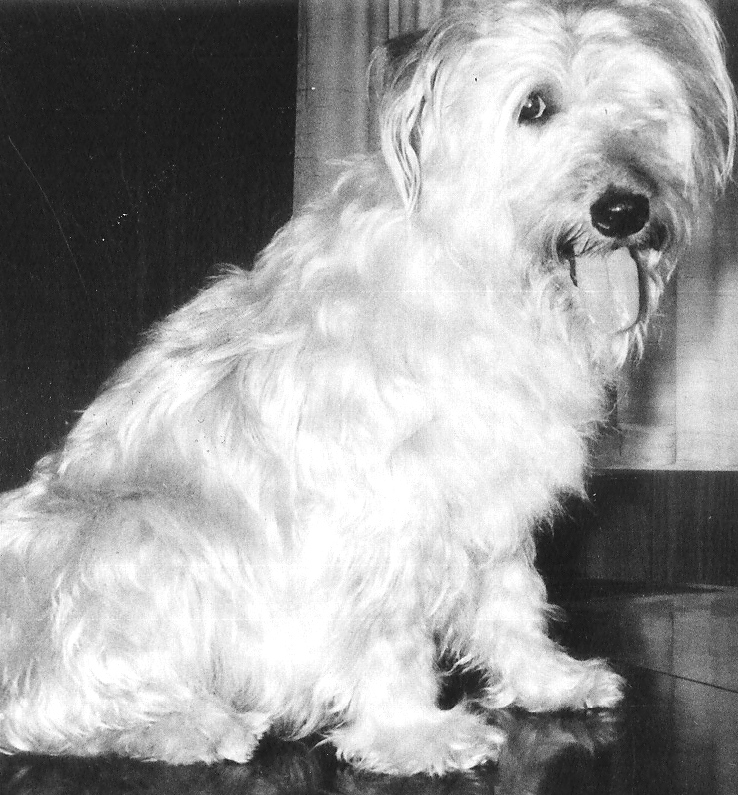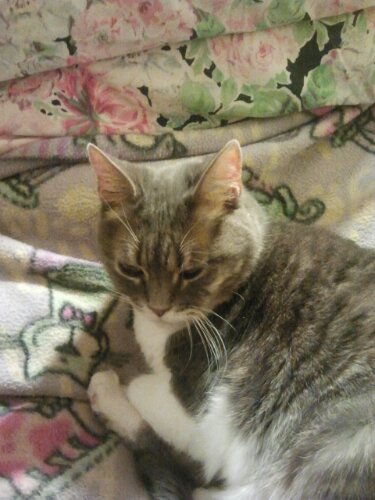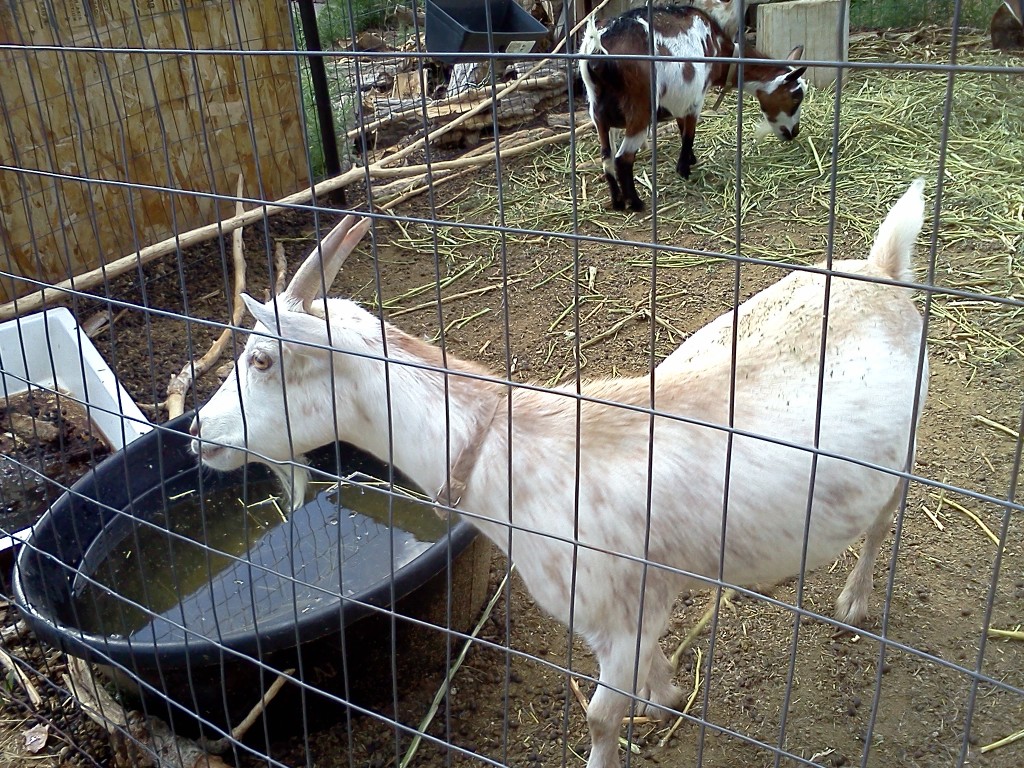 Since we started raising Nigerian Dwarf Goats a few years ago, I have battled with the issue of whether or not to routinely dehorn our animals. Many people seem to prefer dehorned dairy goats, and some organizations and shows require dehorning. However, there are also some very good reasons NOT to dehorn goats, and some organizations (like the IDGA) discourage dehorning, too. It is an ethical issue as well as a business decision, and there is lots of seemingly conflicting information. So what should goat owners do? I don’t really have an answer to that, but I will talk about some of the issues I have had to think about and what I ultimately decided was right for our farm.
Since we started raising Nigerian Dwarf Goats a few years ago, I have battled with the issue of whether or not to routinely dehorn our animals. Many people seem to prefer dehorned dairy goats, and some organizations and shows require dehorning. However, there are also some very good reasons NOT to dehorn goats, and some organizations (like the IDGA) discourage dehorning, too. It is an ethical issue as well as a business decision, and there is lots of seemingly conflicting information. So what should goat owners do? I don’t really have an answer to that, but I will talk about some of the issues I have had to think about and what I ultimately decided was right for our farm.
Here are some of the most common arguments for dehorning I have heard, along with my commentary:
- Dehorning prevents goats from injuring other goats and humans with their horns. Well, the key phrase there is undoubtedly “with their horns.” I have to concede that horns are indeed weapon-like and could certainly be used to inflict damage, and it is true enough that if they don’t have ’em, they can’t very well injure anything with them. However, in my many years, I have had a lot of goats of a lot of breeds, some with horns and some without, and in all that time, none of my animals have ever been injured by a horned comrade’s horns, and I haven’t either. I have seen my goats butt and kick each other, and I myself have been butted, kicked, stepped on, knocked flat and even bitten – but never horned. Of course, I am mindful, vigilant and cautious around my animals; I try not to give them opportunities to do things that may result in me yelling curse words. My goats, in turn, are all very well-socialized happy, friendly critters who have almost all known me as the “herd queen” since they were small kids. They like me and they don’t want to hurt me. If I were working with an animal I didn’t know, I would be more watchful, and if I had any extremely aggressive goats I would remove them from my flock promptly for everyone’s protection.
- Dehorning protects goats from becoming stuck in fences where they may be further injured. This is another case of if they don’t have ’em, then of course they can’t get them stuck in a fence. But, they might still manage to get their entire head stuck in a fence (seen it happen), or possibly their legs – or they could cut themselves to shreds trying to squeeze their whole body through … In my opinion, proper fences protect goats from becoming stuck in fences. We use both wire and board fences but the wire is all fairly small mesh and I haven’t had problems with my girls getting their horns caught. I do also provide scratching areas inside the pens for the goats to use – they love to scratch their heads on stuff and in the absence of better options, will use the fence, which could, I suppose, be a prime opportunity for some stuck-hornishness. Not to mention some broken-down-fence-ishness! But again, I don’t think horns are really a deciding factor here – good fencing and frequent observation are the best protections.
- Dehorning makes goats easier to handle. Actually, horns make a fairly convenient handle. We have collars for all our goats and usually move them via collar/leash combo, like big hay-eating dogs, but in a pinch, horn-dragging definitely works. I will grant that a grouchy large-breed goat might be pleasanter dehorned, but we are talking Nigerians here; I have enough of a weight advantage on even the largest of our goats that this is really a non-issue.
- You can’t mix dehorned goats and horned goats, and everybody else dehorns, so we should too. This one used to worry me a lot, but actually, in our herd anyway, the horned and dehorned goats are mixing just fine. They do bicker and butt each other, as goats will, but the non-horned does don’t seem to suffer any in the social order. In fact, my two dominant does are both dehorned, and the only real injury any of my animals have ever sustained was inflicted by a non-horned doe butting a bit too enthusiastically. I have actually read – and I’m sorry, I don’t remember where exactly or I would reference it – that non-horned goats can sometimes be more aggressive than their buddies with horns in order to compensate. Could be true.
- You have to dehorn your goats if you want to participate in 4-H or show them in some shows. It is true that many groups and show organizations prefer and in some cases actually require dehorned animals. Whether they should or not is another story, but the fact is they do. This is, therefore, one of the most valid reasons I can think of for dehorning goats and if potential buyers plan to participate in these activities then I will work with them to have kids dehorned.
- You can’t milk goats with horns; they won’t fit in a stanchion. There is some truth to this one. In fact, I would say it is half true. You can milk goats with horns. But they might not fit in your stanchion. Currently, my horned does are all young and have fairly straight, narrow horns. None of their headgear curls extravagantly, angles away from their heads, or sticks straight up an unseemly amount. They do still fit in my stanchion, which is just a plain, basic model. I believe there may be stanchions for horned goats which are probably made mainly for holding fiber goats still for shearing but would work for milking too, I assume; I don’t know this for a fact. As my does get older and their horns grow more, I may need to do further investigations. However, my does are all quite calm and could, I believe, be milked standing on the ground clipped to a post. If at some point they stop fitting in my stanchion that is what I will try first. Is this enough of a reason to dehorn goats? Answer: I don’t know yet.
The most relevant arguments against dehorning, and my commentary on them, are:
ñ Horns offer goats some protection against potential predators. Umm. Maybe, if your goat is a 340-pound Boer buck. For a Nigerian Dwarf, not so much. Unless the predator is a poodle. I don’t think this is a reason to not dehorn.
ñ Horns protect goats from skull injuries caused by their natural butting behavior. Its not like I’ve done a great deal of scientific research or double-blind studies or anything on this but it sounds true to me – I know this is true in other animals, so why not goats? And goats do butt hard. Now, that said, my dehorned goats don’t really seem to be suffering debilitating injuries in the absence of their natural protections so…not a huge issue, in my opinion.
ñ Horns help goats regulate heat in their bodies; they are cooling devices. Breeders of fiber goats which are understandably much more prone to heat-related problems seem to have done quite a bit of research on this, and the science seems sound to my somewhat untrained brain. And, since we live in a semi-desert area and it gets pretty hot here, I am all for anything that could help keep the animals comfortable when the summer really gets going! I think this could be a valid reason to not dehorn goats.
ñ Horns actually make it easier to handle goats. I agree, with reservations; see above.
ñ Dehorning is cruel, painful and potentially dangerous for the goats, and improper dehorning can cause additional health problems, like scurs.* I saved the biggie for last, you see – and for me anyway, this is a biggie, no mistake. I don’t view my animals as “just” my private property or farm assets. These are living creatures and by keeping them on my farm, I have assumed a responsibility for their well-being that I take very seriously. I don’t ever want to inflict pain on them unless it is absolutely necessary; I can’t stand to see them suffering needlessly. So, the first big question for me is, does dehorning really hurt the animal? I believe it does. Some people argue that the frantic bleating and desperate attempts to escape you will see while dehorning result only from fear. I don’t buy it. Have you ever burned yourself really badly? Hurt, didn’t it? Goats and humans have fundamentally the same types of nerves and tissues. Why wouldn’t it hurt a goat just as badly? In fact, there are actually reports of goats sustaining serious brain damage or even dying from dehorning, and in the UK, it is required that a vet perform the procedure because it is considered that serious. Which brings us to the second big question: Is dehorning necessary? I know many people believe it is, and dehorn their goats, confident they are acting in the animal’s best interest. And, if they are showing their animals or selling lots of kids for youth activities, maybe they’re right. However, we keep our goats to milk, eat weeds and as pets, and for those purposes, I don’t think dehorning serves any real need. Therefore, I choose not to dehorn my animals, the exception being if a buyer needs a dehorned kid for youth activities or shows.
* Scurs are the partial horns that regrow when the horn buds are completely destroyed during dehorning. Scurs are usually shorter than a goat’s “real” horns would be, and may grow in twisted, deformed shapes, much more likely to get snagged on fencing, in collars, etc. I have even heard of scurs growing back into a goat’s skull or forward into the eyes. Scurs tend to break much more easily than actual horns, which can cause bleeding.. Our buck Antonovka has fairly large, thick scurs which thankfully do not seem to cause him any harm, and are just as effective as handles as normal horns would be.
